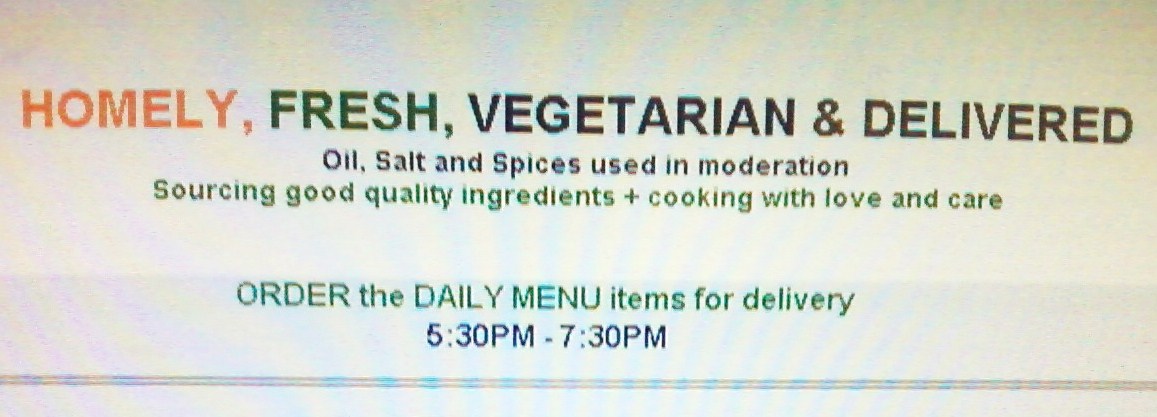I was reading a take-out restaurant menu when I came across this description – look at the orange word on the first line:
“Homely” vegetarian food? In America, that would insinuate “plain, unattractive” food. I’m sure that’s not what they were inferring!
But in British English, that would mean “homey” food, like the kind of good home cookin’ grandma would make. In fact, “homely” does have a second, almost opposing American definition in Merriam Webster as “being something familiar with which one is at home”, but that’s a bit of a stretch for a menu listing.
You can see from this example how using a word that’s not quite right could stop readers in their tracks while they try to figure out what you’re saying. And that stops the flow of your story and can – if it happens frequently enough – stop them from reading your work altogether.
While “homely vegetables” might just cause a pause, a snicker, and a raised eyebrow, “homely” used in other less-than-ideal ways would lead to completely wrong impressions:
“She was thrilled with the homely gift he’d given her.” Any red-blooded American woman reading this would wonder why she didn’t kick him out the door!
“His hug gave her that homely feeling, and she knew she could spend the rest of her life with him.” Because “homely” is more commonly used in American language to mean unpleasant or unattractive, an American reader would wonder why an ugly feeling would make her want him at all.
So even though your word choice may be technically correct, it’s always best to think about how your readers will interpret your words. Then your concept and their interpretation will be in sync.

